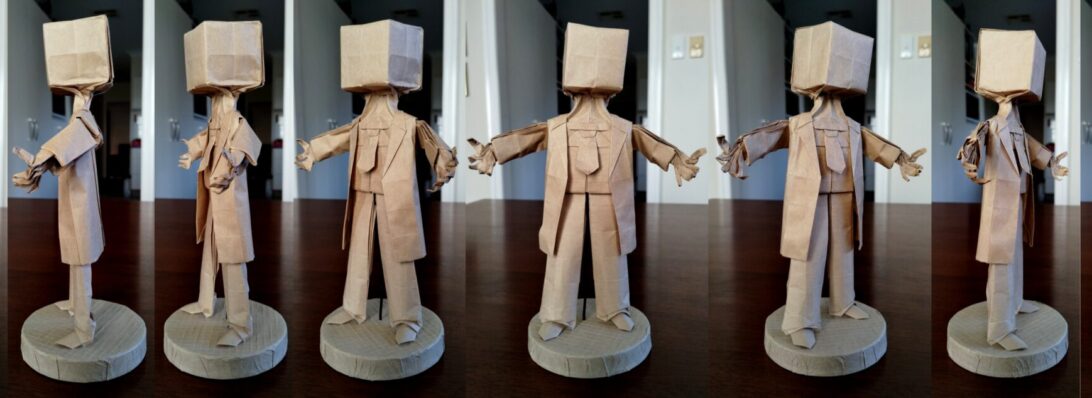In-between 8OSME and Folding Australia conferences, there was a free-day. Jo and I decided to explore some of the suburban street art, go to Lume patisserie and “accidentally” visit a couple of paper shops.
Kami paper in Melbourne is like nothing I have ever seen – such a variety of papers in the one place, prices pretty reasonable and HUGE sheets (when I buy paper from local Brisbane places like Oxylades, it seems they are selling half-sheets for the same price).

Around the walls were drawers, you are encouraged to open the drawers and feel the paper – it is overwhelming for a paper nerd. I took my time, explored the vast range of different types, origins, fibres and inclusions.
Selecting a range of colours, thicknesses and textures, the shop assistant then pulled the sheets, packed them into a travel-safe post tube that fit in our suitcase – happy days
I ended up with 10 new sheets, all of which I want to fold right now… mostly mulberry, but their range of Lokta, Chiyogami and other luscious papers are sooo tempting. I could spend a LOT in this shop.

Interestingly, they also sell pre-coated Unryushi (it is already crisped up with MC), so very beautiful – I will finally re-attempt Kamiya’s Mantis with a crisp lovely sheet of greey pre-coated Unryu … so excited.
Paper nerds, you must make a pilgrimage here. Alternatively it seems like their shipping is pretty reasonable on large orders, and you can request they ROLL rather than fold prior to shipping – getting un-folded sheets in the post is a rare privilege.
Happy paper nerd.





































